Russia’s robot manufacturer Promobot told Sputnik it was opening a research and development department and a special laboratory in the country’s Far East for creating hyper-realistic artificial skin for anthropomorphic robots.


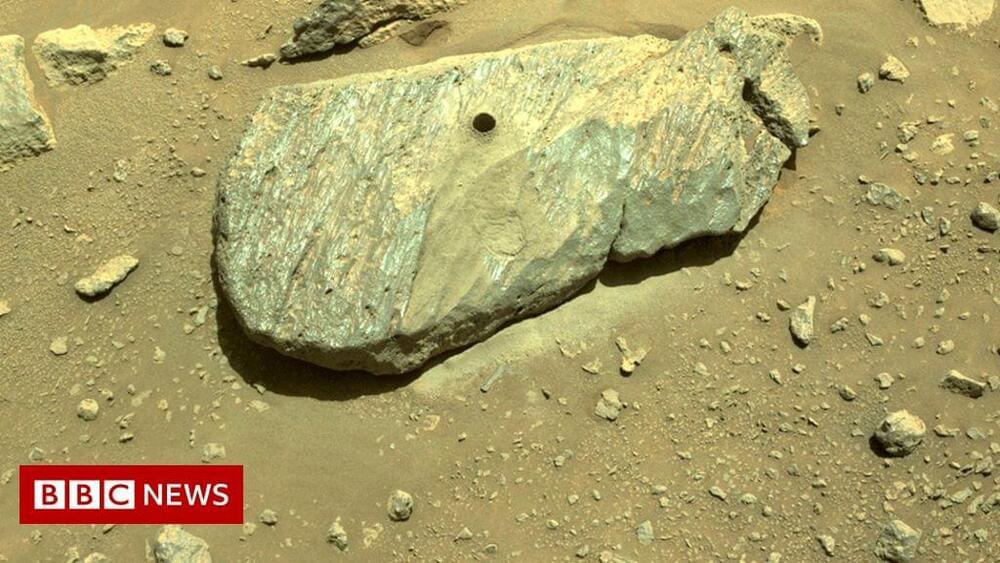

More than 18 months into the COVID-19 pandemic, there are still very few drugs authorized by the FDA to treat the virus. Just one drug, remdesivir, has gained full FDA approval as a treatment for COVID-19.
Becker’s asked physicians from top health systems which medications they’re using most frequently to treat their COVID-19 patients, which they’re avoiding and which have been most effective.
ARHT Media beamed a bridesmaid from London to her best friend’s wedding near Toronto as a live hologram, when she wasn’t able to be there in-person due to travel restrictions.
Hologram Technology — ARHT Media Inc. — www.arhtmedia.com.
Photographer: Will Reid Photography — www.willreidphoto.com.
Videographer: Corinne McDonald Films — www.corinnemcdonald.com.
Event Producers: Ashley Pigott Events — https://www.ashleypigott.com

What transpires in comedies and cartoons when a character has a devil on one shoulder and an angel on the other is not far off from people’s perceptions of the real world, finds a new study from the University of Waterloo.
Intended to illustrate the characters’ decision-making dilemma with comedic results, the moral character and motives of the supernatural beings are obvious. And people have similar expectations when it comes to individuals they see as good or bad.
The researchers explored expectations about how good and evil individuals respond to requests. The researchers were interested in understanding why movies and folktales often depict the devil and demons as eager to grant accidental requests, whereas angels are not depicted this way.
This novel material was made using a process that the team developed called a “float assembly method.” The float assembly takes advantage of the Marangoni effect, which occurs in two liquid phases with different surface tensions. When there is a gradient in surface tension, a Marangoni flow is generated away from the region with lower surface tension towards the region with higher surface tension. This means that dropping a liquid with lower surface tension on the water surface lowers the surface tension locally, and the resulting Marangoni flow causes the dropped liquid to spread thinly across the surface of the water.
The nanomembrane is created using a float assembly method which consists of a three-step process. The first step involves dropping a composite solution, which is a mixture of metal nanowires, rubber dissolved in toluene, and ethanol, on the surface of the water. The toluene-rubber phase remains above the water due to its hydrophobic property, while the nanowires end up on the interface between the water and toluene phases. The ethanol within the solution mixes with the water to lower the local surface tension, which generates Marangoni flow that propagates outward and prevents the aggregation of the nanowires. This assembles the nanomaterials into a monolayer at the interface between water and a very thin rubber/solvent film. In the second step, the surfactant is dropped to generate a second wave of Marangoni flow which tightly compacts the nanowires. Finally, in the third step, the toluene is evaporated and a nanomembrane with a unique structure in which a highly compacted monolayer of nanowires is partially embedded in an ultrathin rubber film is obtained.
Its unique structure allows efficient strain distribution in ultrathin rubber film, leading to excellent physical properties, such as a stretchability of over 1,000%, and a thickness of only 250 nm. The structure also allows cold welding and bi-layer stacking of the nanomembrane onto each other, which leads to a metal-like conductivity over 100,000 S/cm. Furthermore, the researchers demonstrated that the nanomembrane can be patterned using photolithography, which is a key technology that is widely used for manufacturing commercial semiconductor devices and advanced electronics. Therefore, it is expected that the nanomembrane can serve as a new platform material for skin electronics.
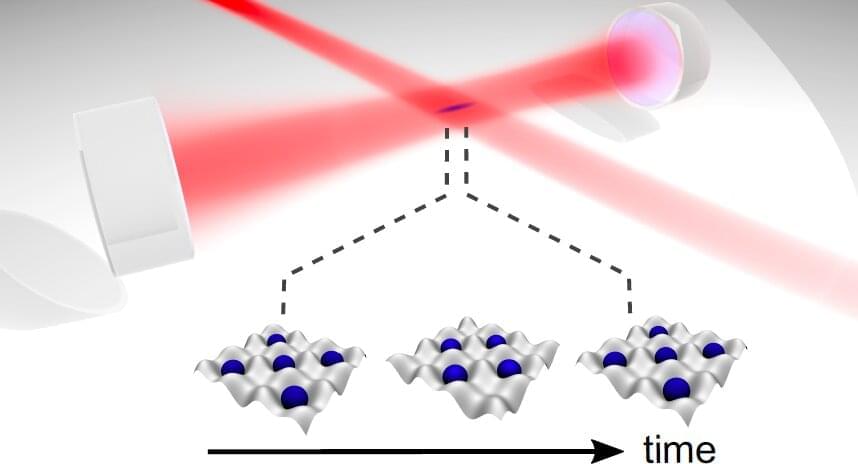
A time crystal is a unique and exotic phase of matter first predicted by the American physicist Frank Wilczek in 2012. Time crystals are temporal analogs of more conventional space crystals, as both are based on structures characterized by repeating patterns.
Instead of forming repetitive patterns across three-dimensional (3D) space, as space crystals do, time crystals are characterized by changes over time that occur in a set pattern. While some research teams have been able to realize these exotic phases of matter, so far, these realizations have only been achieved using closed systems. This raised the question of whether time crystals could also be realized in open systems, in the presence of dissipation and decoherence.
Researchers at the Institute of Laser Physics at the University of Hamburg have recently realized a time crystal in an open quantum system for the first time. Their paper, published in Physical Review Letters, could have important implications for the study of exotic phases of matter in quantum systems.
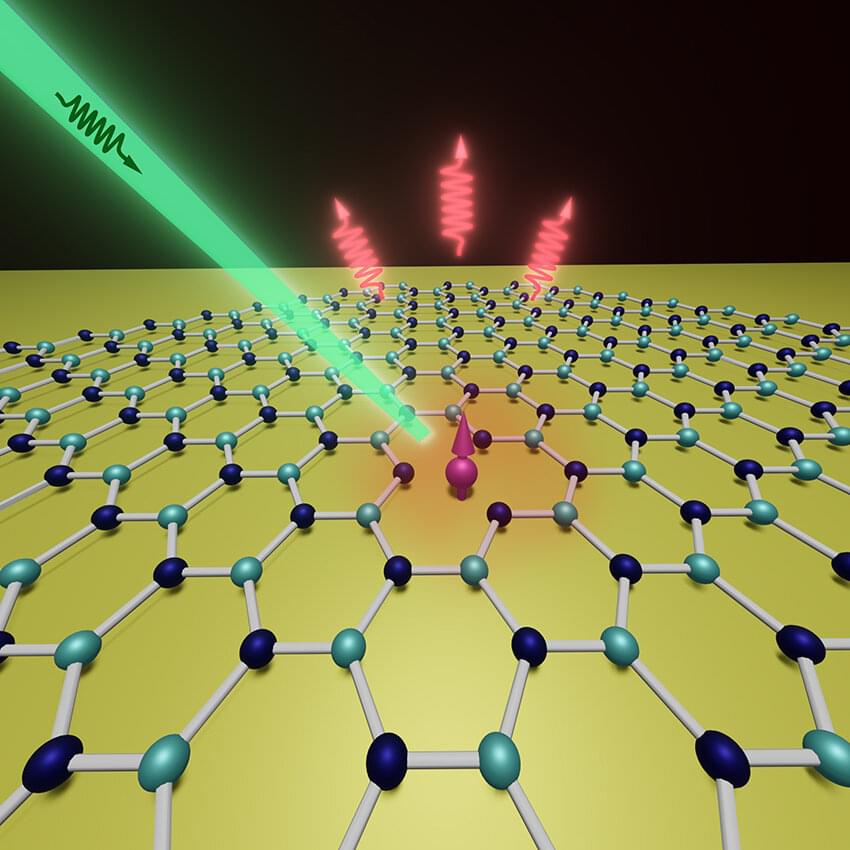
Quantum sensing is being used to outpace modern sensing processes by applying quantum mechanics to design and engineering. These optimized processes will help beat the current limits in processes like studying magnetic materials or studying biological samples. In short, quantum is the next frontier in sensing technology.
As recently as 2,019 spin defects known as qubits were discovered in 2D materials (hexagonal boron nitride) which could amplify the field of ultrathin quantum sensing. These scientists hit a snag in their discovery which has unleashed a scientific race to resolve the issues. Their sensitivity was limited by their low brightness and the low contrast of their magnetic resonance signal. As recently as two weeks ago on August 9 2021, Nature Physics published an article titled “quantum sensors go flat,” where they highlighted the benefits and also outlined current shortfalls of this new and exciting means of sensing via qubits in 2D materials.
A team of researchers at Purdue took on this challenge of overcoming qubit signal shortcomings in their work to develop ultrathin quantum sensors with 2D materials. Their publication in Nano Letters was published today, September 2 2021, and they have solved some of the critical issues and yielded much better results through experimentation.
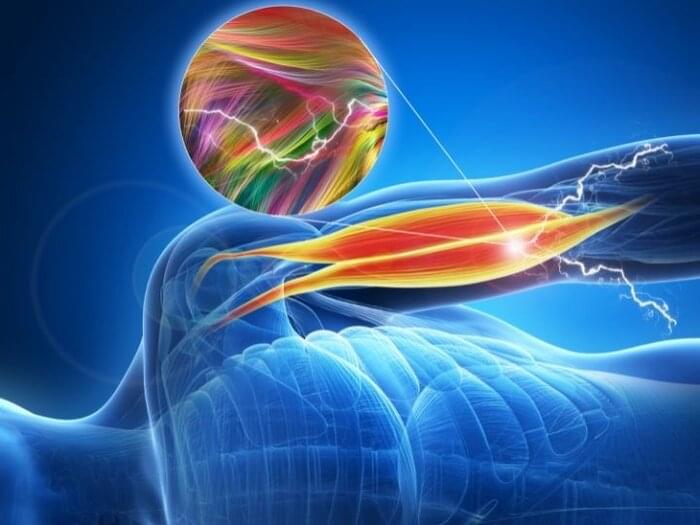
University of Houston researchers are reporting a breakthrough in the field of materials science and engineering with the development of an electrochemical actuator that uses specialized organic semiconductor nanotubes (OSNTs).
Currently in the early stages of development, the actuator will become a key part of research contributing to the future of robotic, bioelectronic and biomedical science.
“Electrochemical devices that transform electrical energy to mechanical energy have potential use in numerous applications, ranging from soft robotics and micropumps to autofocus microlenses and bioelectronics,” said Mohammad Reza Abidian, associate professor of biomedical engineering in the UH Cullen College of Engineering. He’s the corresponding author of the article “Organic Semiconductor Nanotubes for Electrochemical Devices,” published in the journal Advanced Functional Materials, which details the discovery.
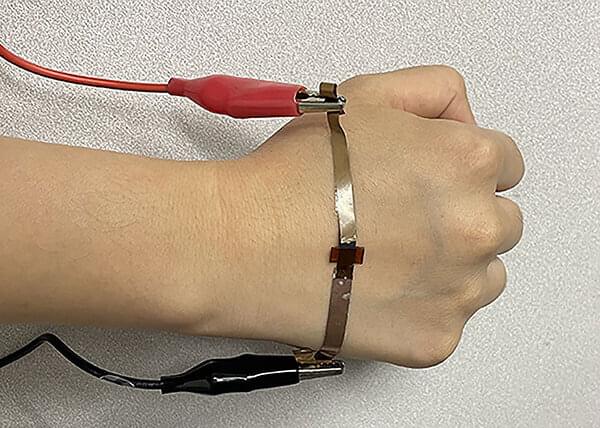
Graphene, hexagonally arranged carbon atoms in a single layer with superior pliability and high conductivity, could advance flexible electronics according to a Penn State-led international research team. Huanyu “Larry” Cheng, Dorothy Quiggle Career Development Professor in Penn State’s Department of Engineering Science and Mechanics (ESM), heads the collaboration, which recently published two studies that could inform research and development of future motion detection, tactile sensing and health monitoring devices.
Investigating how laser processing affects graphene form and function
Several substances can be converted into carbon to create graphene through laser radiation. Called laser-induced graphene (LIG), the resulting product can have specific properties determined by the original material. The team tested this process and published their results in SCIENCE CHINA Technological Sciences.